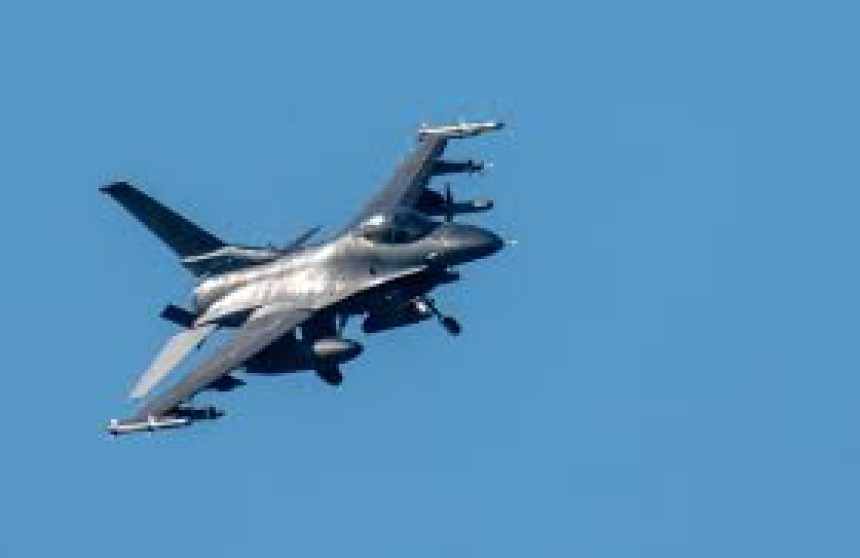
Ukrainian pilots plead for F-16s as they battle Russian air superiority
Two Ukrainian jets roar just above the trees, flying in formation as they make their way towards the front lines of Ukraine’s counteroffensive.
The Soviet-era Su-25s glide slowly, loudly, spewing thick black smoke as they go. They seem to hug the ground — flying as low as possible to avoid Russian radars, air defenses and more importantly, enemy jets.
The Su-25s are ancient aircraft, first introduced in the 1980s, and they’re no match for Russia’s Su-35s and their advanced radars and long range missiles.
“We lose many aircraft to these interceptors,” says Su-25 pilot Oleksyi, who goes by the callsign “Pumba.” He knows all too well the uphill battle he and his colleagues face, having lost many of his comrades since Russia’s full-scale invasion began a year and a half ago.
“I lost my [squadron] leader and my wingman in combat,” Pumba says. “They’re both heroes of Ukraine.”
The pain of losing those dear to him is a burden he still carries.
“When you see the explosion of your colleague in front of your eyes, in real time – it’s a shock,” he says, explaining the struggle doesn’t end there.
“The biggest battle is a battle with yourself, because you have to find some strength, some force within your soul, your spirit: how do you manage to fly again.”
Despite the mental strain, Pumba is one of a few dozen pilots still flying for the Ukrainian air force, defying overwhelming odds a year and a half into the war. With Ukraine now on the offensive, the role of assault aviation airmen like him is more needed than ever.
“The main purpose of this aircraft is to support our ground forces at the front,” he explains. “These days it’s our main mission.”





